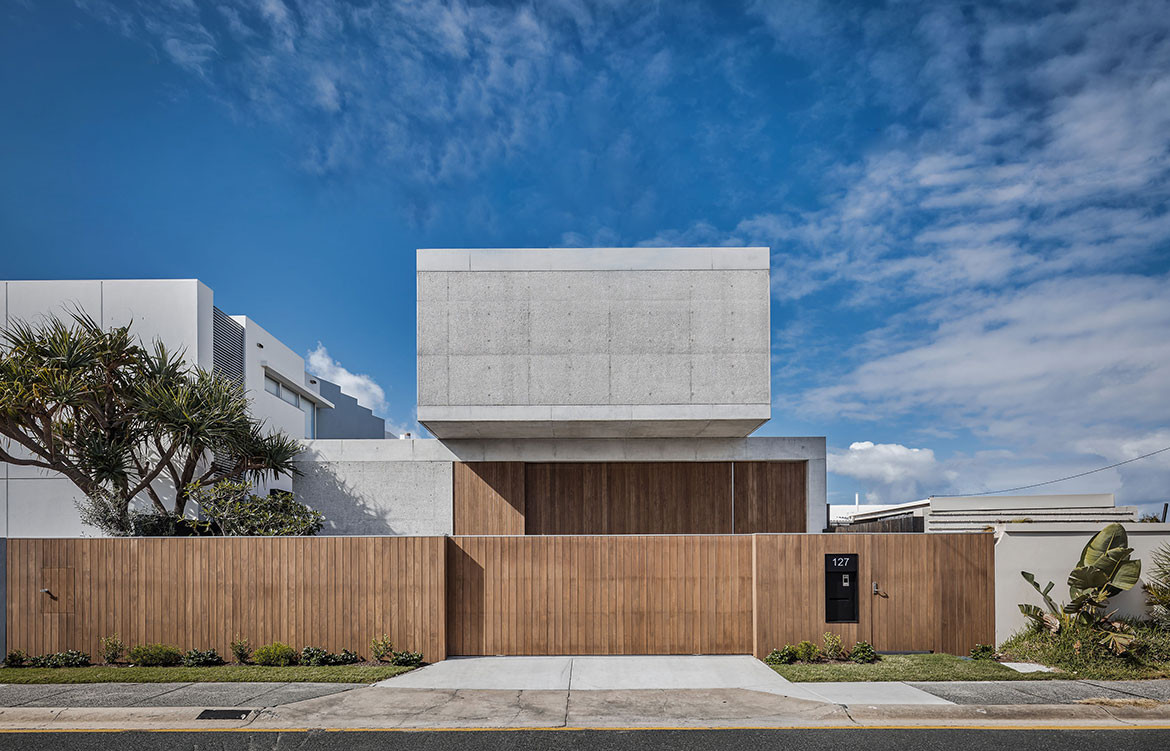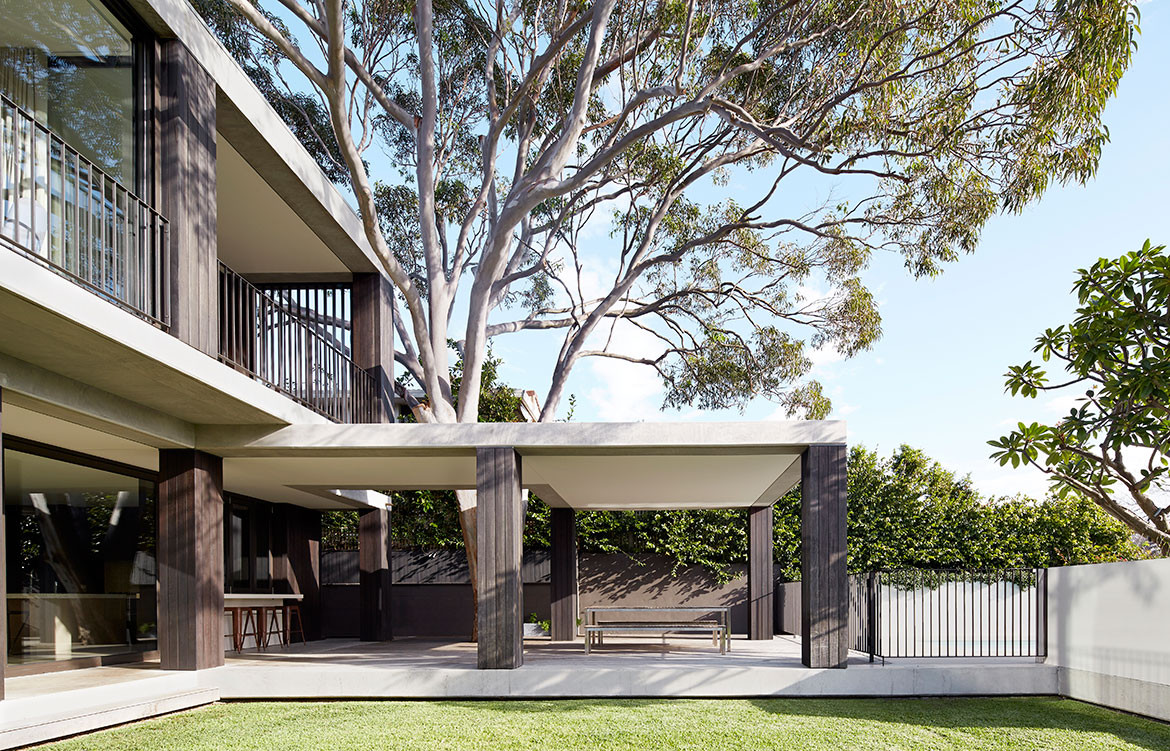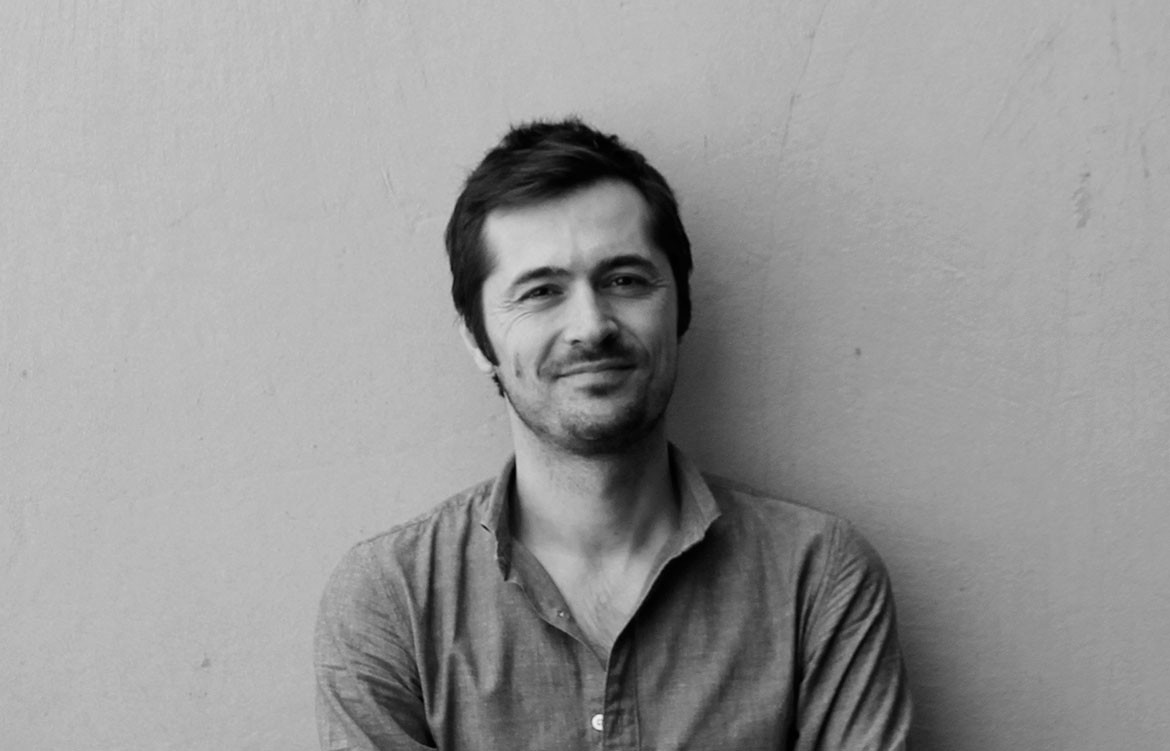Known for deeply grounded projects that have received numerous accolades from Australia and around the world, B.E Architecture is led by directors Broderick Ely, Jonathon Boucher and Andrew Piva.
Exploring materiality, detail and references to historic and past works, the studio has grown to become more conscious of how built elements can evoke certain emotions or sensations. Being more considered in how ideas are expressed has allowed B.E Architecture to design and build for a purpose.
Andrew’s pathway into architecture has been a linear one, having completed work experience at a design studio before going on to study architecture at university. “ I was fortunate enough to find a career that inspired me,” he comments.
As an ambassador for this years’ INDE.Awards, Habitus sat down to talk to Andrew about art, architecture and his design process.

Architecture, as a discipline, falls between art and science. Do you think there is a relationship between the three?
The commonality between science, art, and architecture is that each involves a very distinctive but equally necessary process. An artist follows a more creative process while a scientist is more analytic. Architecture, on the other hand, is a marriage of the two.
Why, in your opinion, do art and architecture overlap? How can one inform the other?
Both art and architecture are highly creative disciplines that are able to elicit an emotional connection between people and objects or spaces. The focus of an artist is primarily subjective when creating, while an architect has to maintain a level of objectivity, as we are not creating for ourselves. The important difference is that architecture cannot be designed as purely art. There is always a role that a building must play to support the end user and function.
Designing a building that is a perfect balance of the two, that’s a challenge.
How do you balance artistic flair with construction and building processes?
One shouldn’t be a hindrance to the other. The better your knowledge and understandings of how things are built, the more second nature it becomes – making it easier to translate artistic concepts into the practicalities of construction.

Who or what influences you?
Much of our work is influenced by historical references and is deeply grounded in ideas of the past. These ideas are reinterpreted and expressed in a way that is not only relevant today, but also relevant for the future.
For me personally (as I have a great interest in food), it is also creative and progressive chefs. Through their understanding of traditional cuisines, they are able to reinterpret those ideas and turn them into something that is perceivably unexpected yet instantly recognisable.
What does your design process look like?
Brod, Jon and I have worked together for many years so we have an inherent understanding of how the other works. This understanding means that we are able to quickly begin discussing ideas for projects. The conversations we have during the design process are quite holistic; we discuss form, function, materials, details, and interiors all at the same time. we find this process allows us to rapidly gain momentum and promptly ascertain if we are on the right path or not.
What has changed within the Australian landscape over the past decade and what can we expect in the next?
From a residential perspective, as the cost of construction becomes more expensive, I think people are becoming more aware of the benefits and value of architects and designers – especially their ability to create environmentally and financially sustainable design outcomes.
I believe we as designers, have a responsibility to deliver buildings with long-term merit that are not reliant on trends but focus on enduring value.

Do you have any advice for newcomers in the industry?
The best and most important lesson I have learnt is to always be critical of what you’re doing. It’s easy to get caught up in the momentum of a project, which can be great, as long as you always take a step back to analyse it to see what’s wrong. If the design starts to become overly complicated to solve, chance are it’s not the right solution.
My advice for newcomers in the industry would be to learn as much about construction as you cam; how things are built, go together, and how materials work. It informs the design and enables you to get the best out of your consultants and trades.
INDE.Awards
indeawards.com


We think you might also want to find out Who Will Take Home The INDE Gold?

